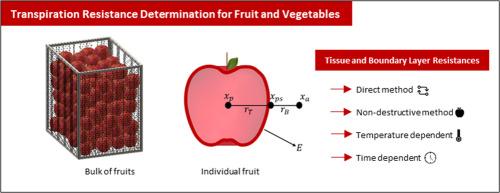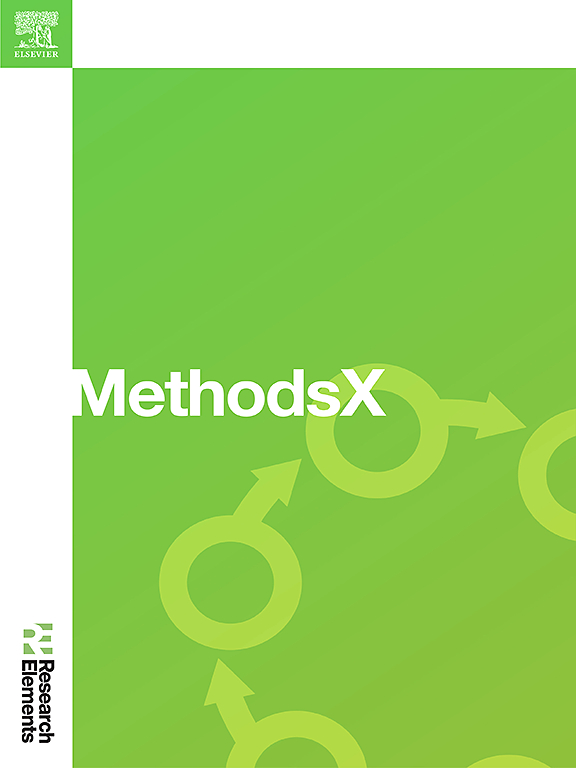Method for measuring the transpiration resistance of fruit and vegetables
IF 1.6
Q2 MULTIDISCIPLINARY SCIENCES
引用次数: 0
Abstract
This investigation explores the intricate relationship between postharvest quality losses in fruit and vegetables and the dynamic interplay of transpiration and respiration activities. It underscores the profound impact of inherent produce properties and postharvest environmental conditions on transpiration, inducing changes in both external appearance and internal quality, notably wilting. Despite their common use, produce-specific transpiration coefficients encounter limitations due to diverse assumptions in calculations. Surface conditions intricately link produce and air properties, necessitating a comprehensive understanding. Horticultural products, with high water content, undergo continuous water loss through transpiration, driven by the water potential difference between the product and ambient air. Transpiration encompasses tissue and boundary layer resistances, influenced by plant tissue properties and external factors. Fruits experiencing drought stress exhibit elevated tissue resistance, serving as a protective mechanism. Concurrently, boundary layer resistance, influenced by external parameters, significantly shapes postharvest behaviour. To address these complexities, a novel method developed allows separate analysis of produce properties, climate, and flow conditions. This innovative approach enhances the understanding of transpiration behaviour, providing a foundation for improved postharvest practices, technical configurations, and quality maintenance strategies.
- •Direct method for tissue resistance and boundary layer resistance determination for fruit and vegetables.
- •Non-destructive method to optimize postharvest by using produce as a sensor to ensure quality.

测量水果和蔬菜蒸腾阻力的方法
这项研究探讨了水果和蔬菜采后质量损失与蒸腾作用和呼吸作用的动态相互作用之间的复杂关系。它强调了农产品的固有特性和采后环境条件对蒸腾作用的深远影响,从而引起外观和内部质量的变化,尤其是萎蔫。尽管农产品专用蒸腾系数被普遍使用,但由于计算中的假设条件不同,该系数也存在局限性。表面条件将农产品和空气特性错综复杂地联系在一起,因此需要全面了解。园艺产品含水量高,在产品和环境空气水势差的作用下,会通过蒸腾作用不断失水。蒸腾作用包括组织阻力和边界层阻力,受植物组织特性和外部因素的影响。遭遇干旱胁迫的果实会表现出较高的组织阻力,这是一种保护机制。同时,边界层阻力受外部参数影响,对采后行为产生重大影响。为解决这些复杂问题,我们开发了一种新方法,可对农产品特性、气候和流动条件进行单独分析。这种创新方法增强了对蒸腾作用的理解,为改进采后实践、技术配置和质量维护策略奠定了基础。
本文章由计算机程序翻译,如有差异,请以英文原文为准。
求助全文
约1分钟内获得全文
求助全文
来源期刊

MethodsX
Health Professions-Medical Laboratory Technology
CiteScore
3.60
自引率
5.30%
发文量
314
审稿时长
7 weeks
期刊介绍:
 求助内容:
求助内容: 应助结果提醒方式:
应助结果提醒方式:


